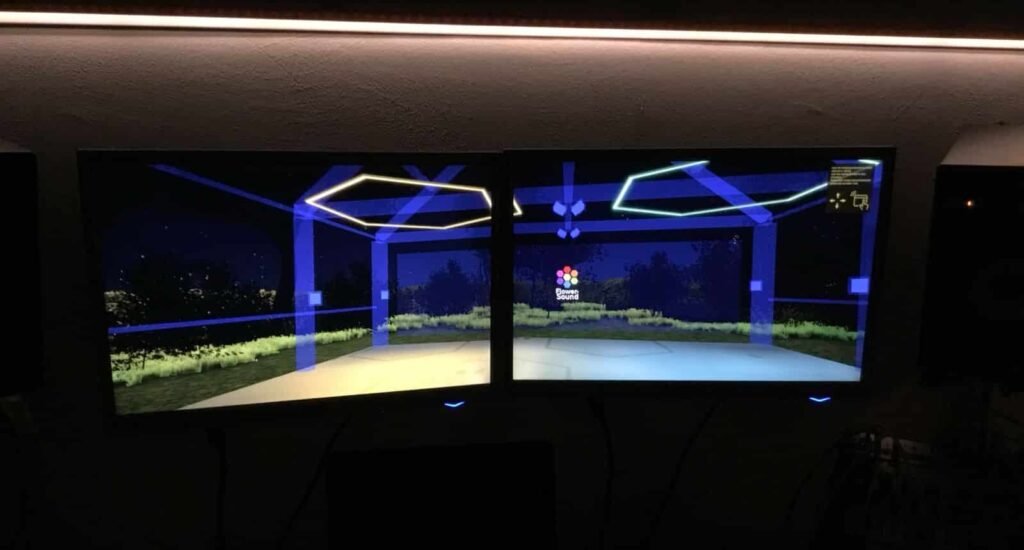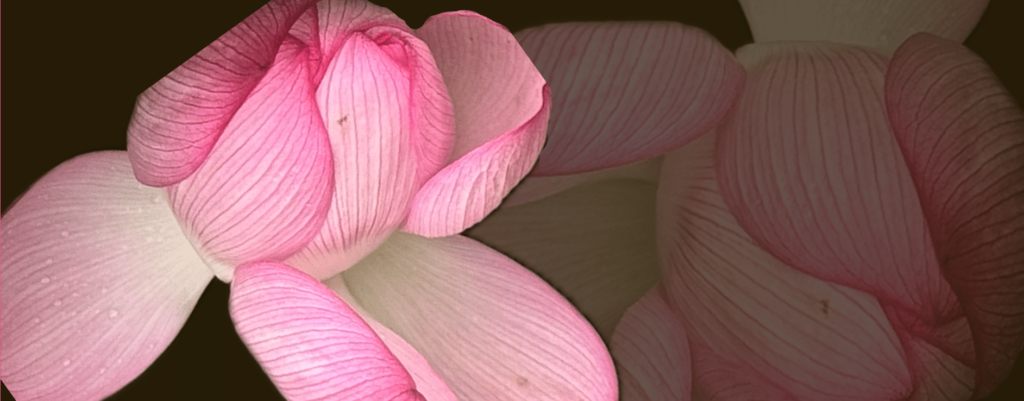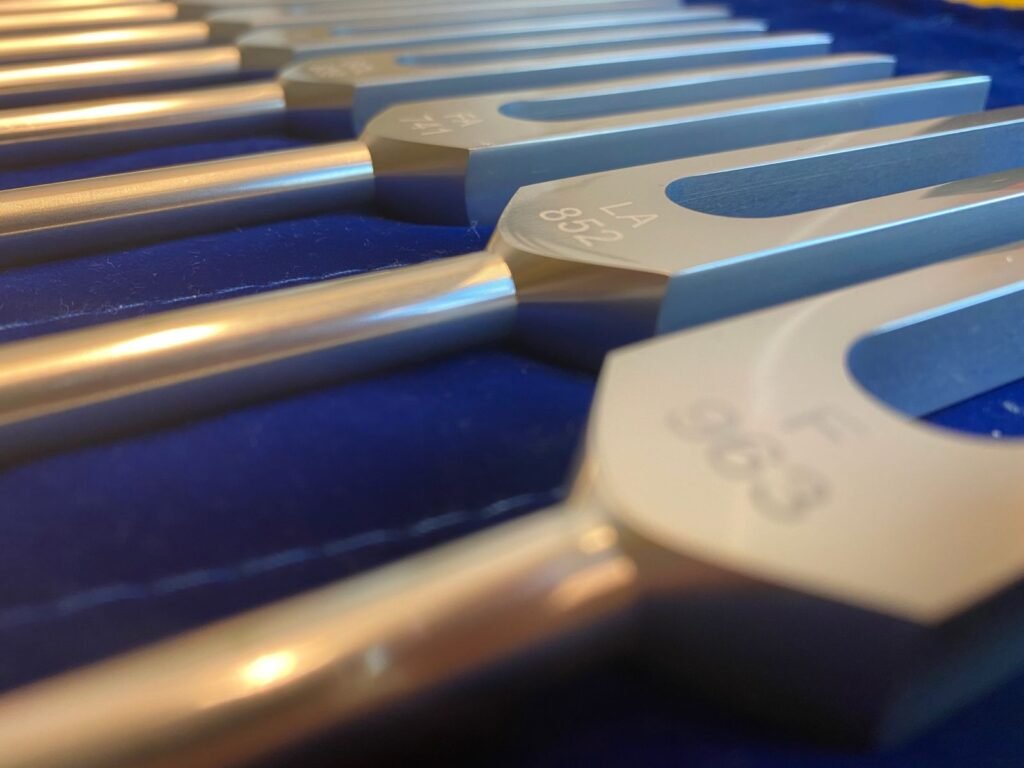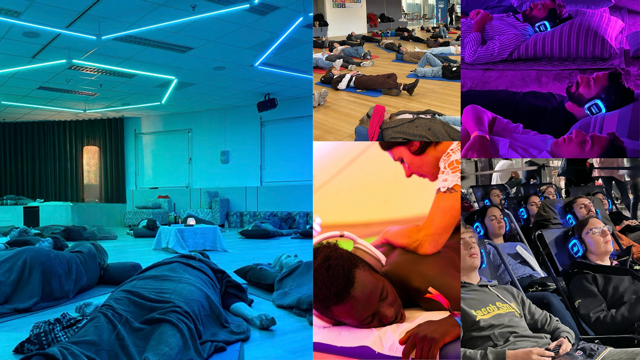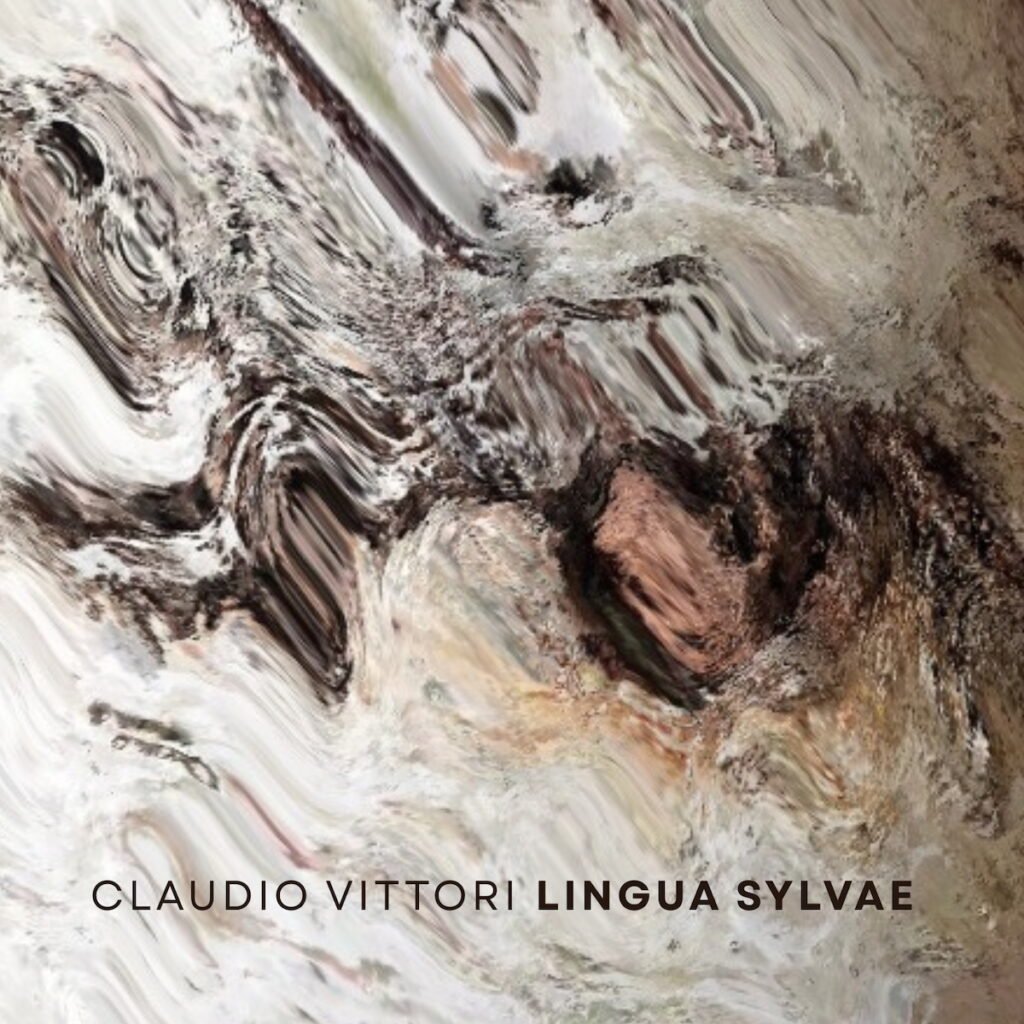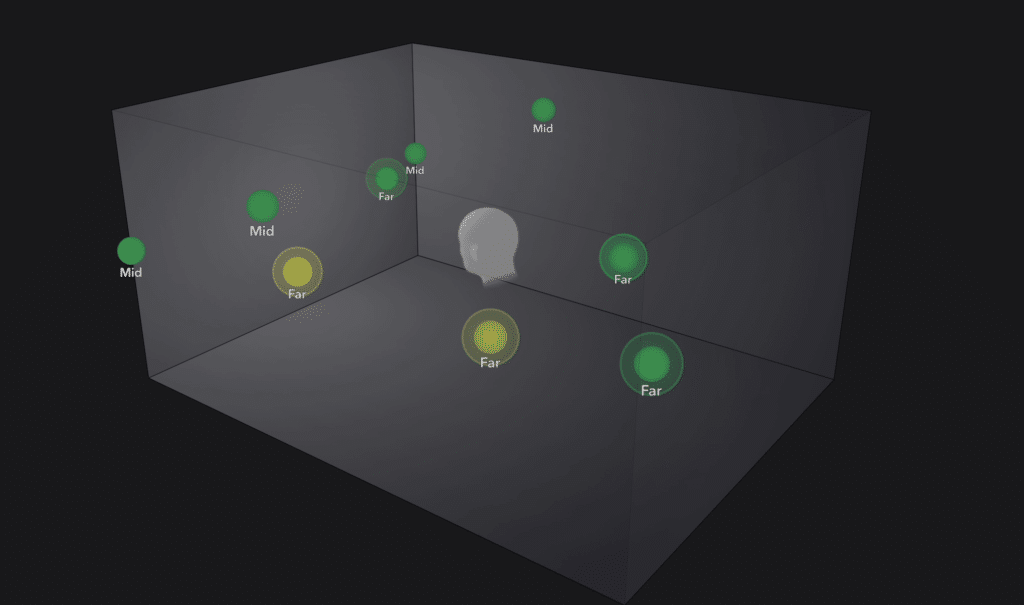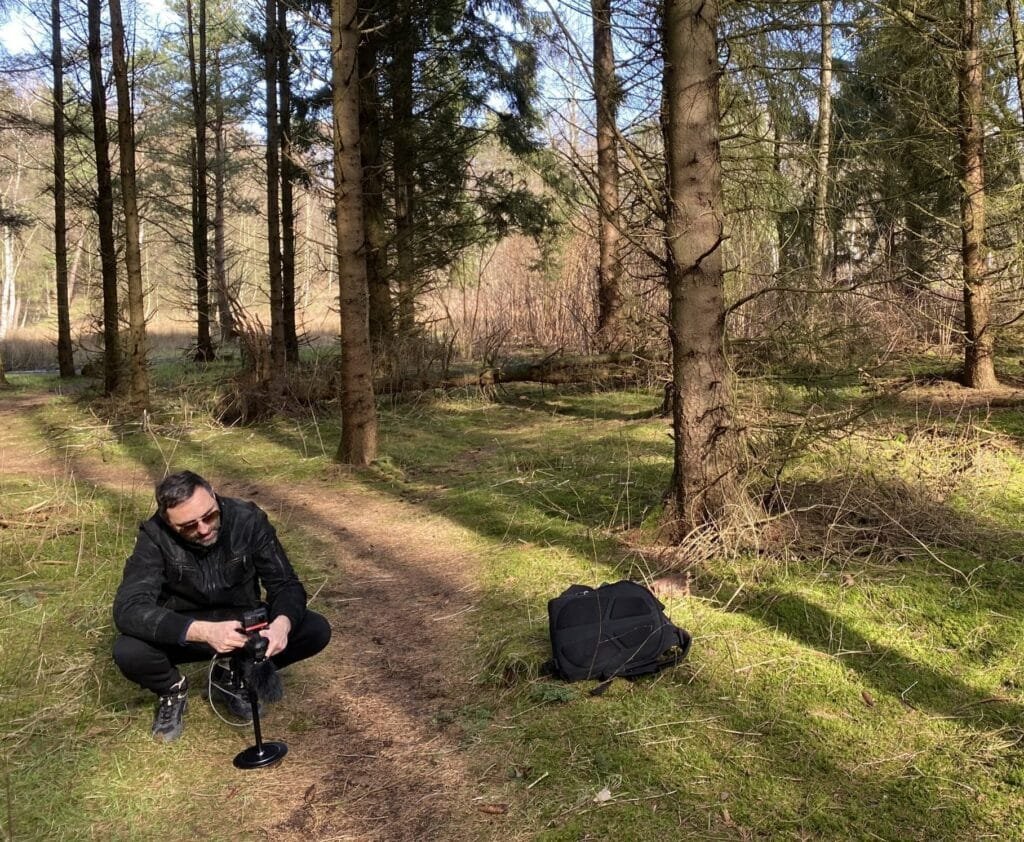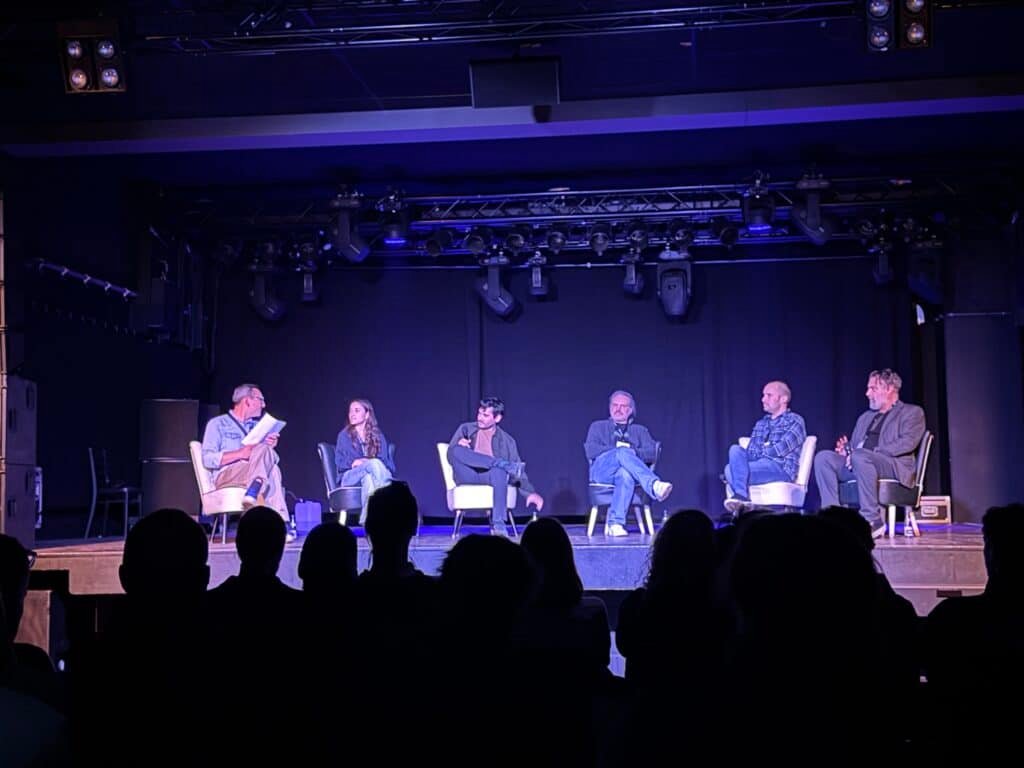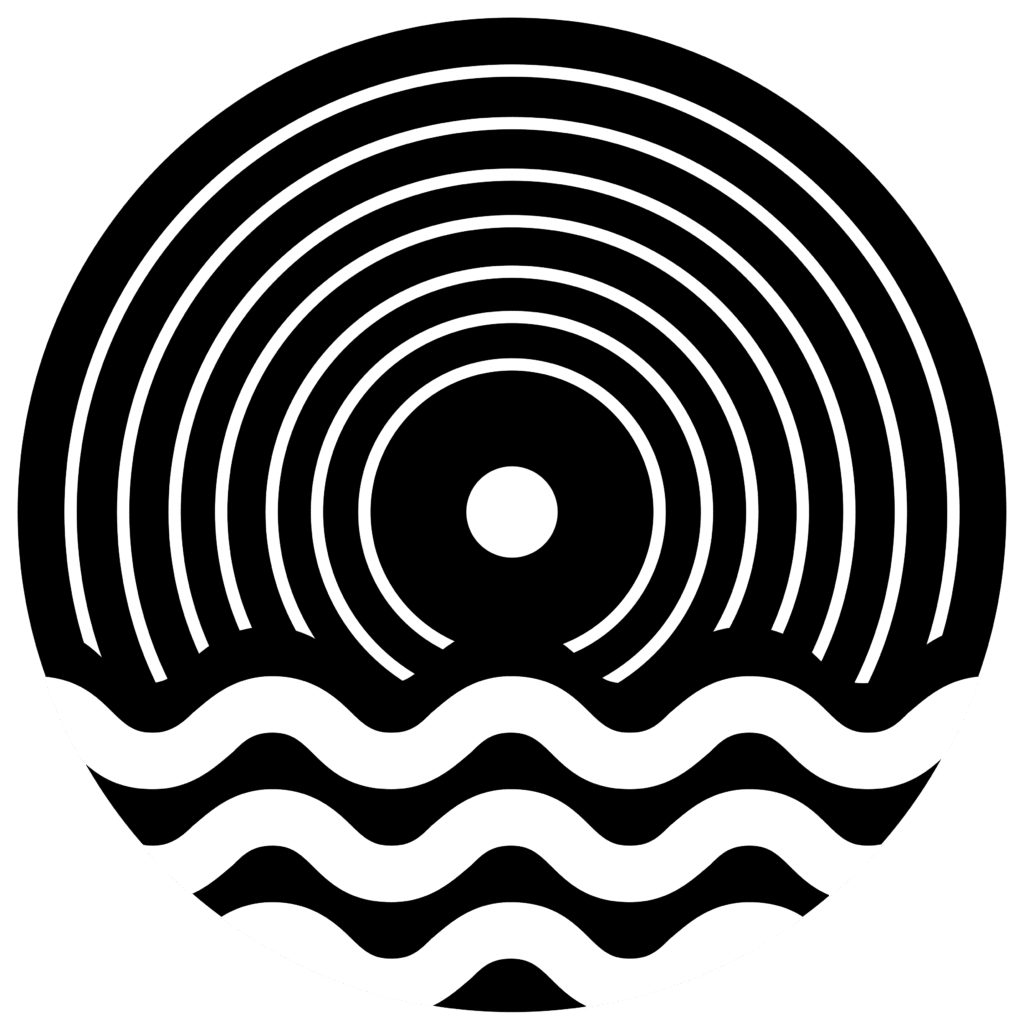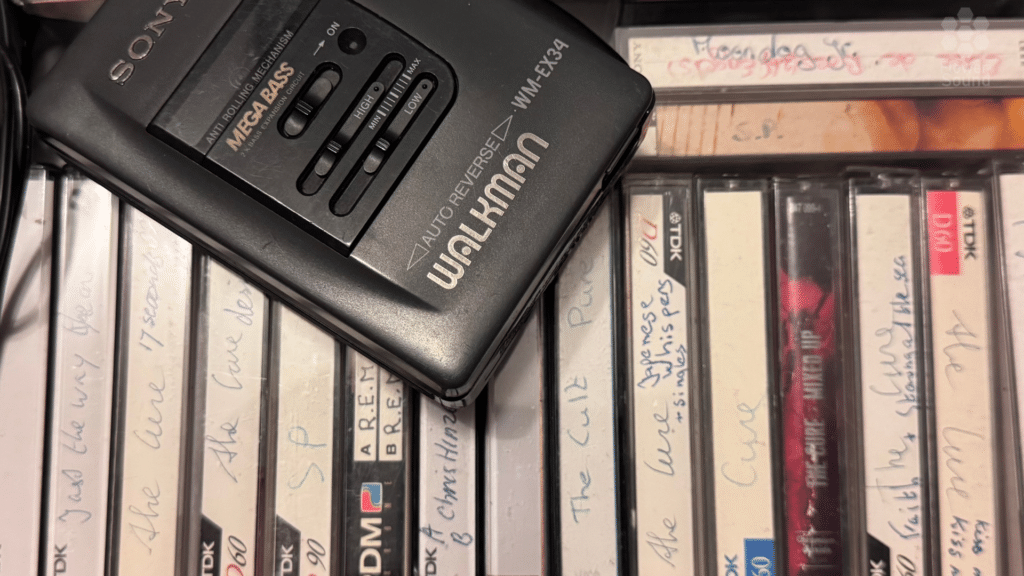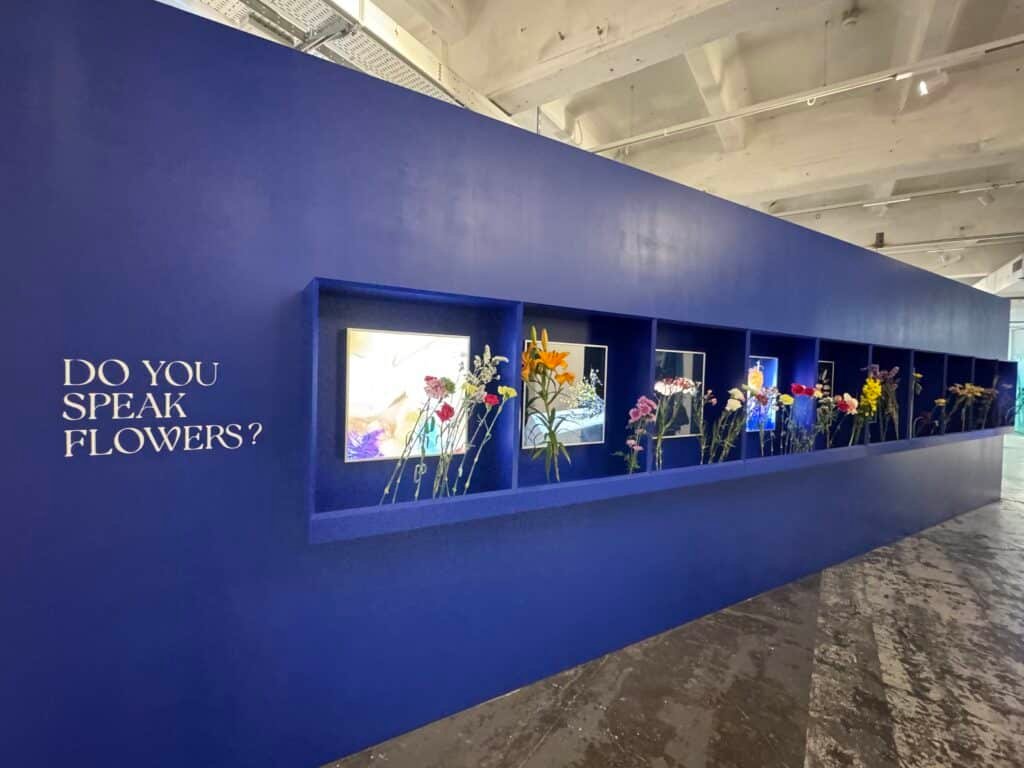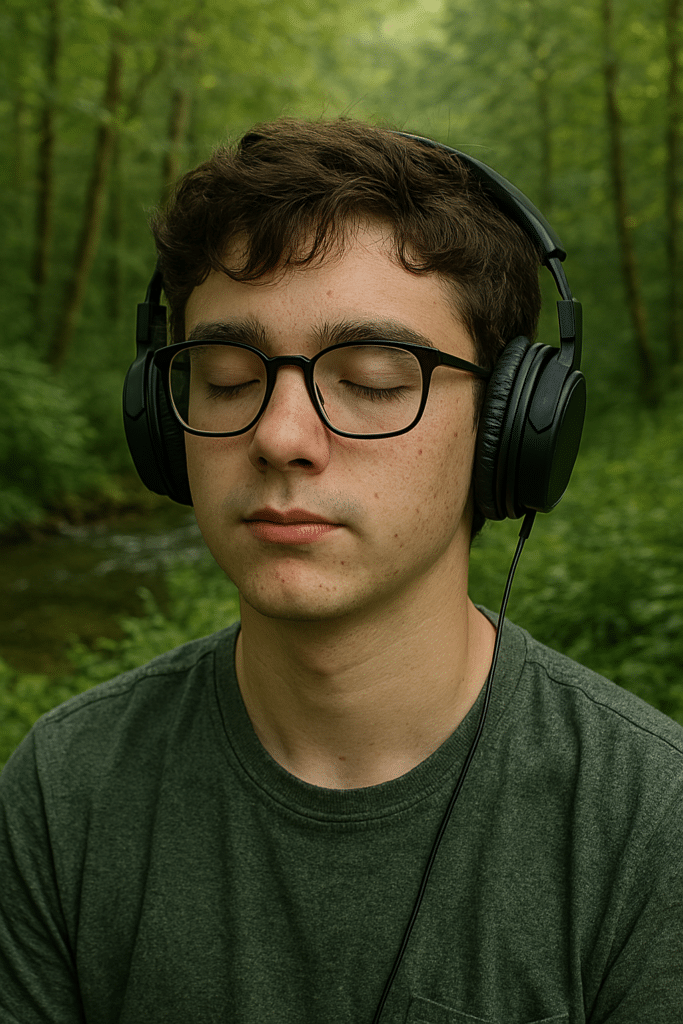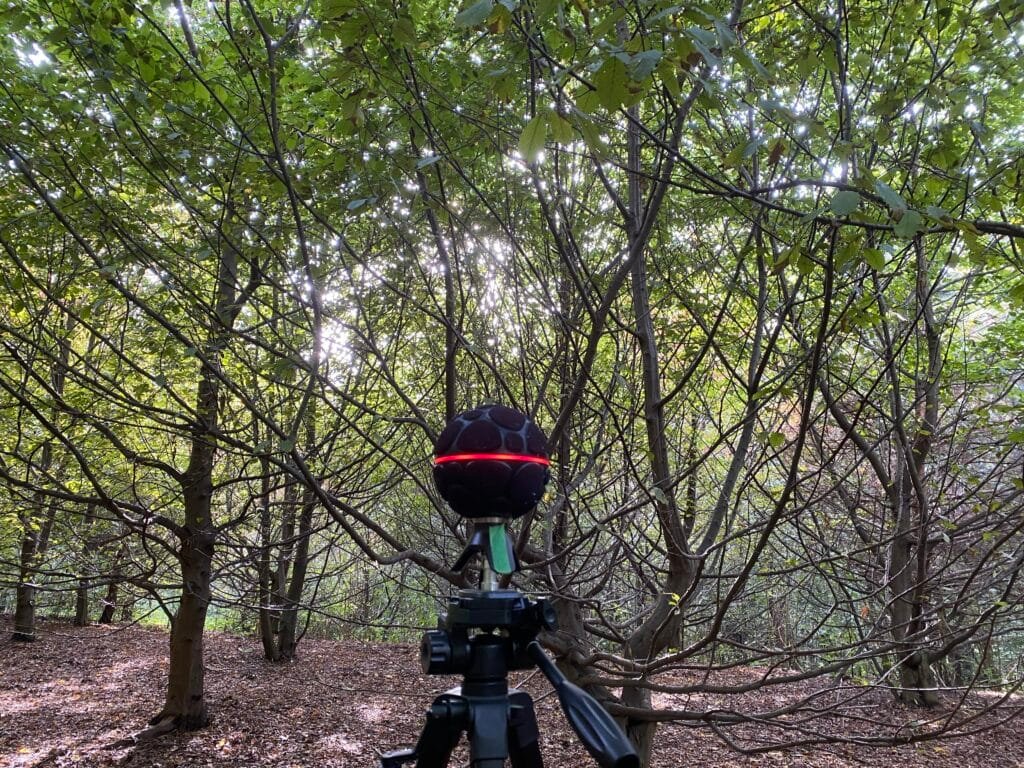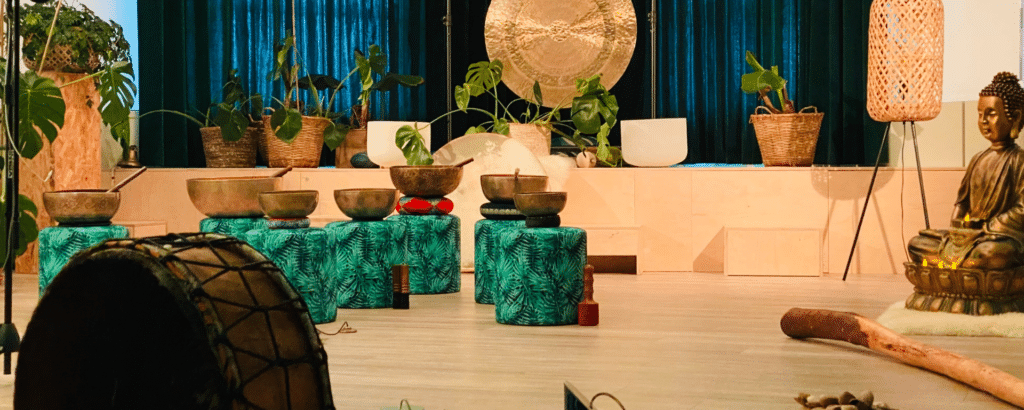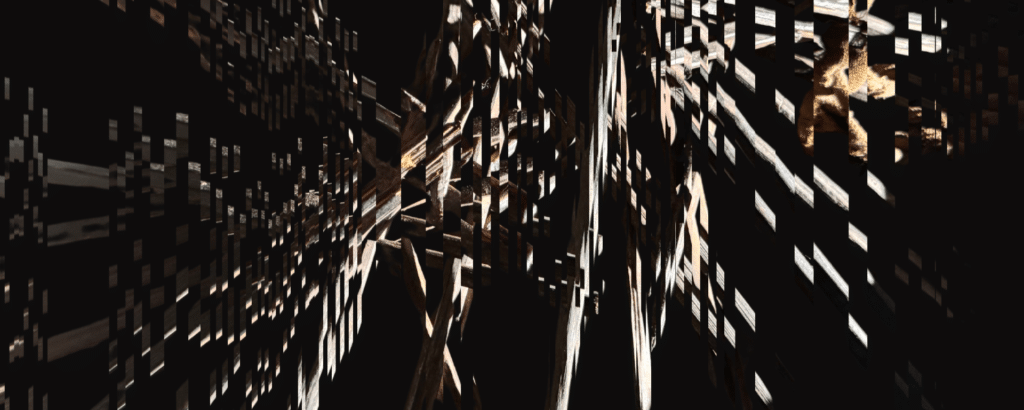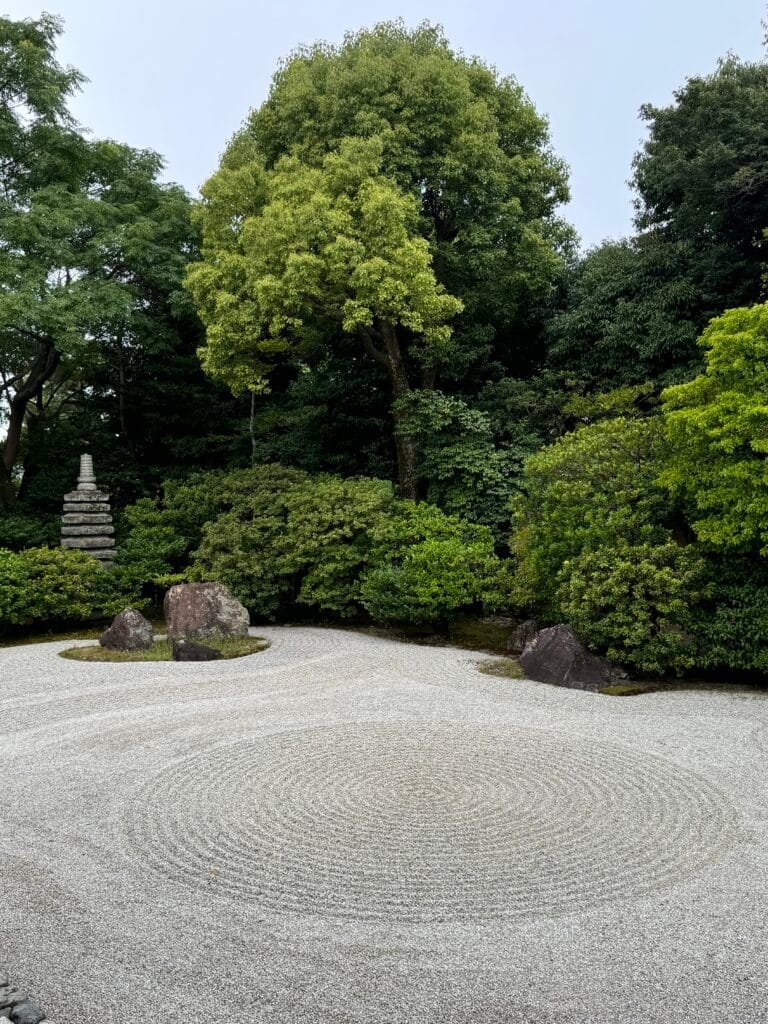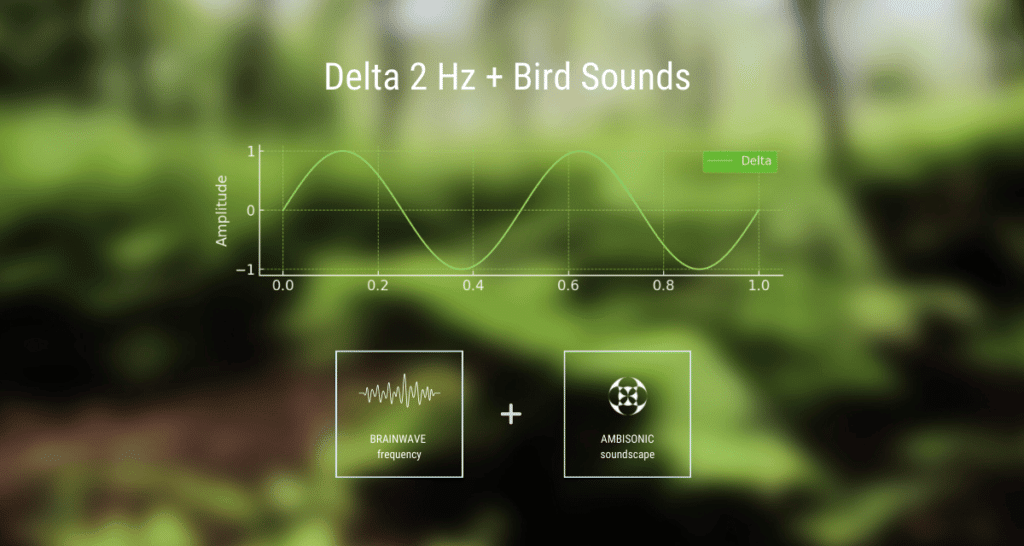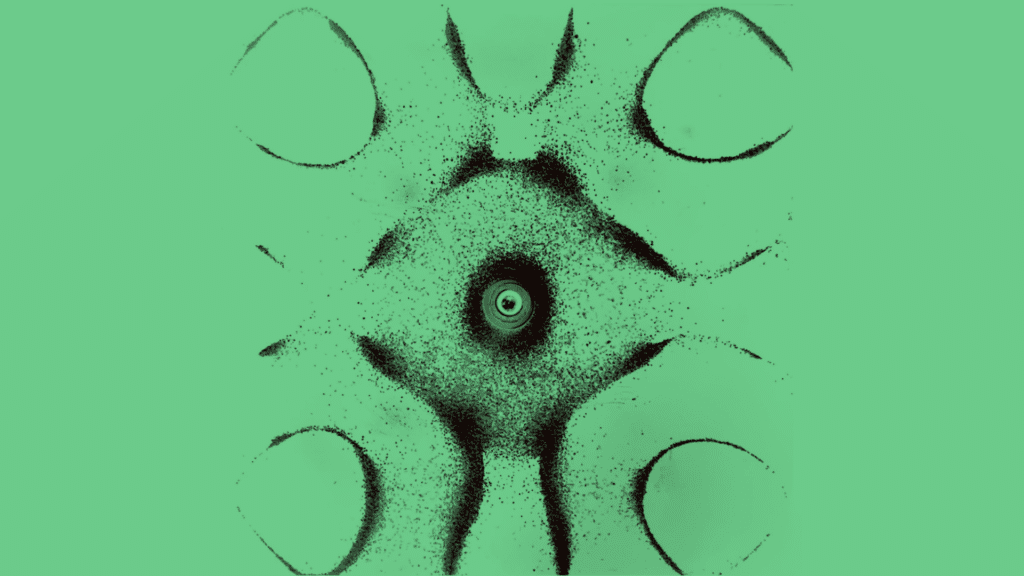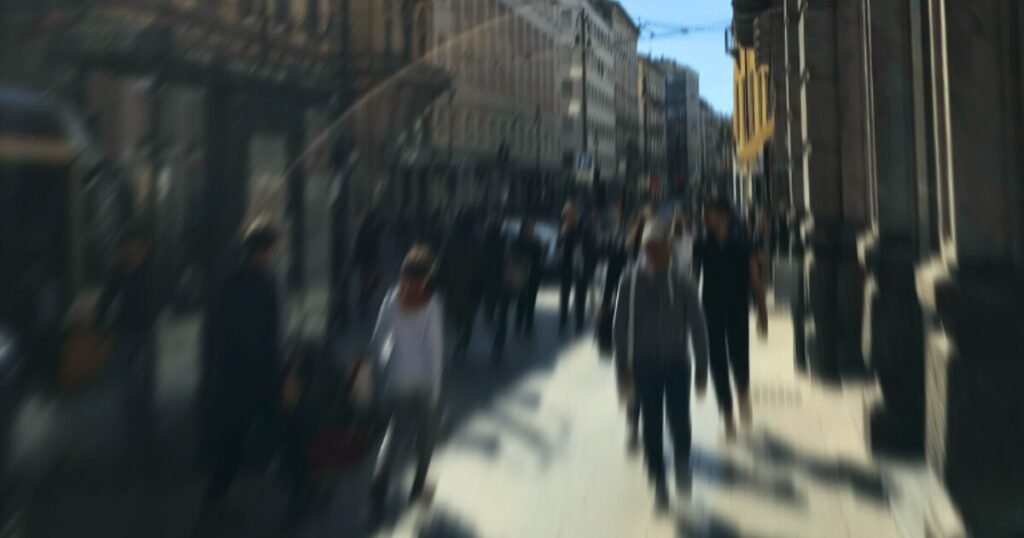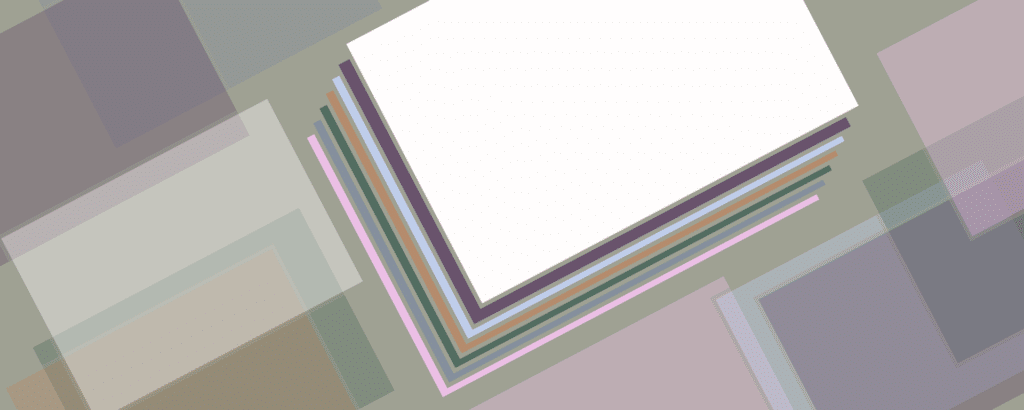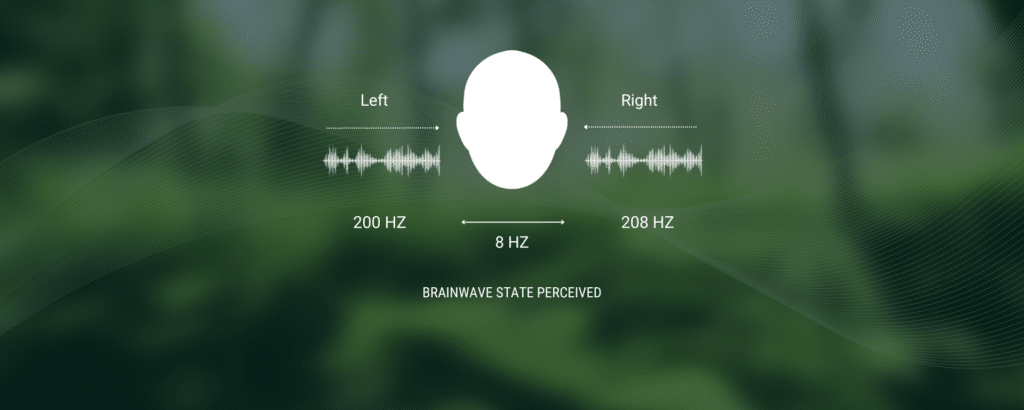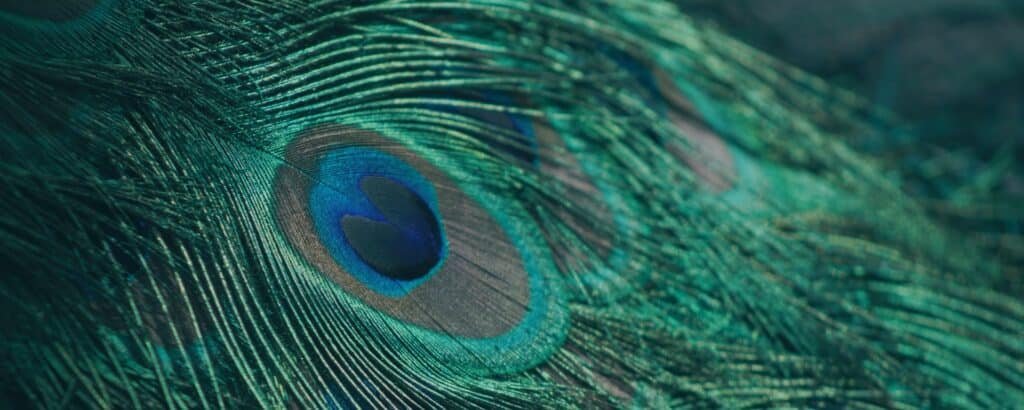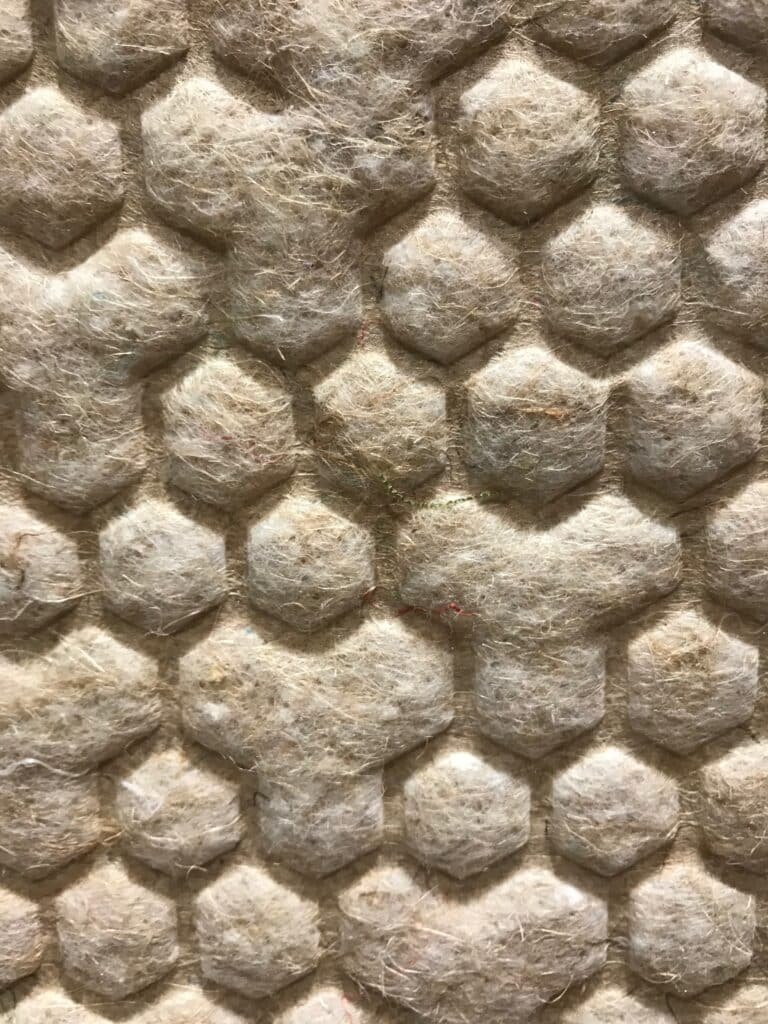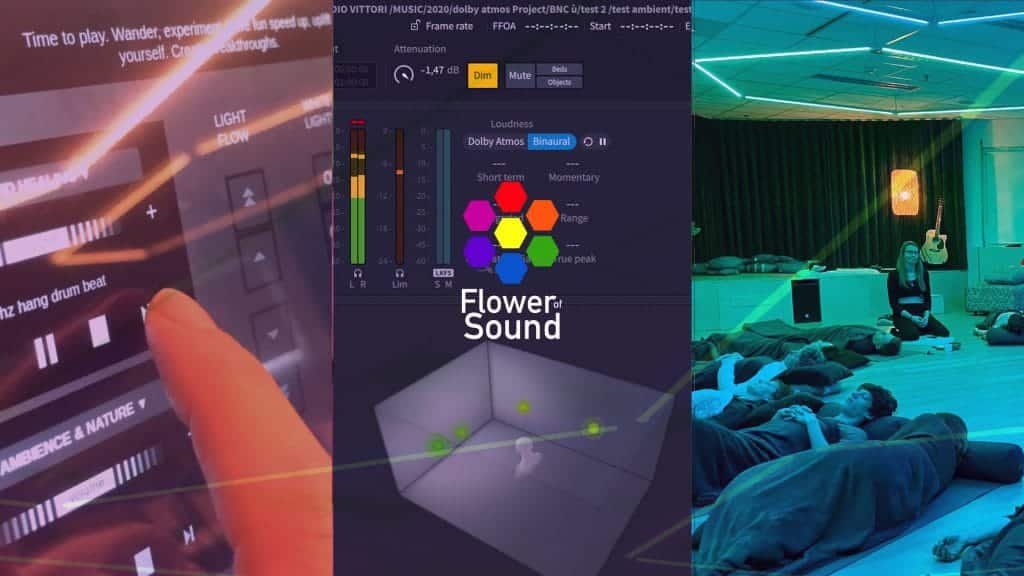For a long time, the web has been a flat space. We moved through 2D windows, interacting with images, texts, and videos across surfaces that separated us from the world. But something has changed. And it is not just a technical update, it is a transformation of perception.
With the arrival of the Spatial Web, we are entering a new paradigm. It is no longer about looking at the web but being inside it. Virtual reality, augmented reality, and new operating systems like Apple’s visionOS and 3D headsets allow us to inhabit three-dimensional environments where objects can be manipulated, space responds to our presence, and experiences become sensorial.
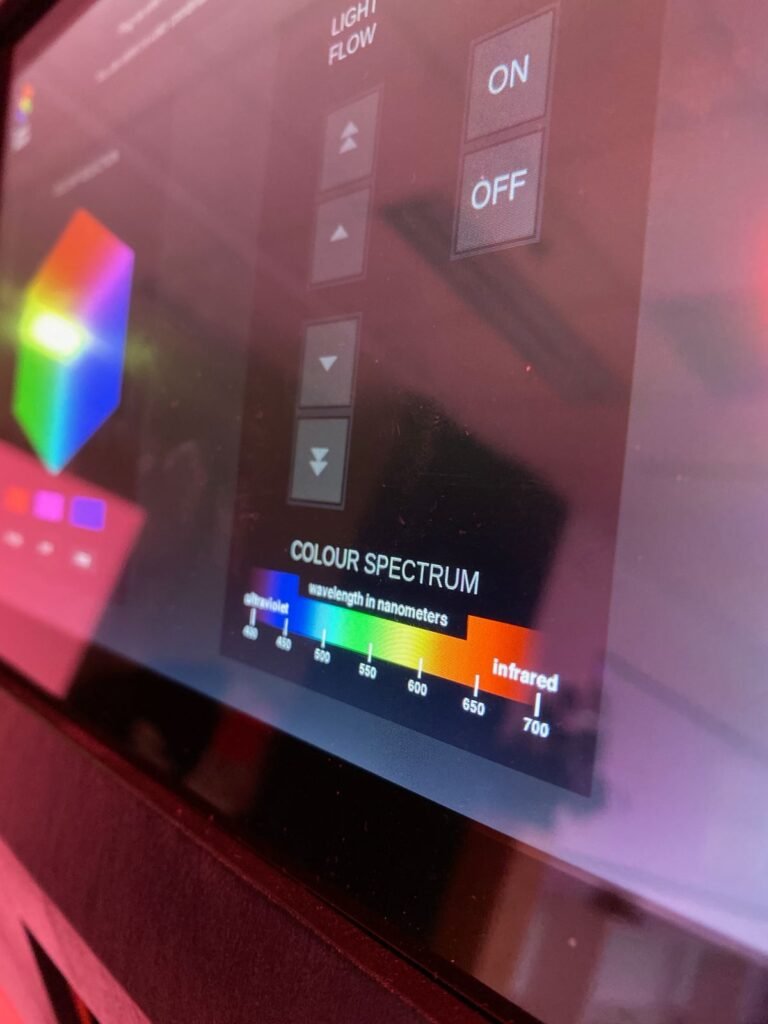
Thanks to pass-through, the technology that allows us to see the real world through the headset’s cameras, these devices blend physical space with digital elements while keeping our bodies rooted in place.
The interaction will become fully integrated. Not just individually, even though introspection will always remain possible when needed, but also deeply shared. The Spatial Web is naturally multiplayer. The latest versions of visionOS enable co-located experiences, where several people in the same space can see and manipulate the same augmented content.
With Unity 6, multiplayer integration is finally becoming easy. This is not a technical detail, it’s a fundamental step. Because we are social beings. The immersive experience, however personal, expands through dialogue, co-presence, and relation.
Until now, many limits have been technical. But we are getting closer. The first barrier is giving way to tools that can become a natural part of how we live and perceive. A reality that doesn’t add itself on top, but merges.
The web as an immersive environment
The web is no longer just a container for content, it is becoming a real environment. After a period when it seemed paused, WebXR is back in the spotlight, driven by new devices and growing interest in fluid and distributed experiences. We can now access three-dimensional worlds directly from a browser, without installing apps, opening the way for a dynamic and responsive experiential web.
Apple has introduced the ability to manipulate 3D models inside Safari pages. Meta, with Quest 3 and its extended reality vision, reinforces the idea that the browser itself can be an immersive gateway. And when we explore these contents with a headset or a pair of smart glasses, it won’t feel like entering something different. It will simply feel real.
In this context, sound returns to the center. No longer just a backdrop or emotional reinforcement. Sound becomes the structure, orientation, and substance that defines space.
Thanks to WebXR and spatial audio engines now accessible through the browser, we are developing native web-based sound experiences where sound has a position, a trajectory, and a precise relationship with the body and the environment.
Working across the two worlds
At Flower of Sound, we have been moving in this direction for some time. We have created experiences in virtual spaces and continue to design physical spaces where sound, light, and matter interact.
The Immersive Laboratory of Flower of Sound will be a sensorial environment designed to work across perceptual levels. One room will feature a Dolby Atmos array with 16 speakers. Another room, currently active in a different location, will soon be integrated into the lab. That is where I create, produce and above all, think in immersive audio. It will also be the place where we present the works and the concepts behind these experiences.
These environments will be enhanced by chromotherapy controlled through proprietary software connected via the Internet of Things. This will not be a simple listening room, but a space where sound, color, and architecture blend to open new perceptual dimensions.
A turning point, Wave Field Synthesis
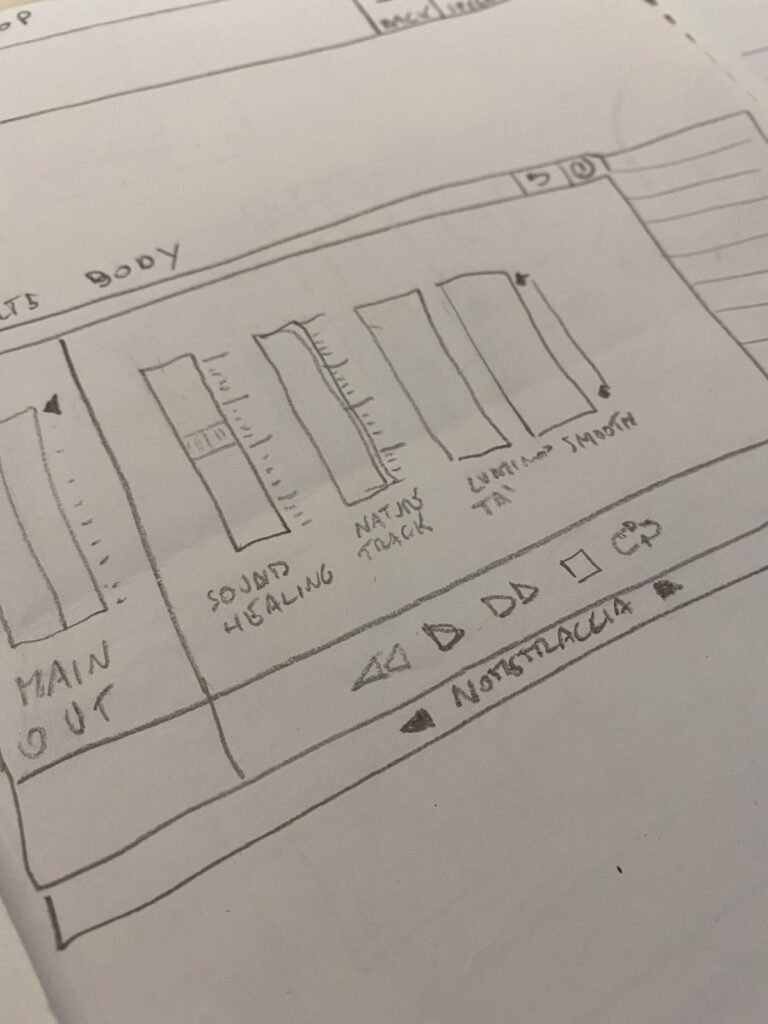
My first encounter with Wave Field Synthesis was a turning point. A true initiation that taught me what sound can be when it is freed from stereo logic and visual narration. That was the moment I understood that sound can inhabit space, truly, and make us feel space.
Since then, my research has been focused on creating environments where sound is not a background, but a presence, a spatial structure.
We are currently developing a prototype that moves in this direction. We are not yet ready to present it, but the goal is clear. To combine immersive technologies with physical spaces already designed to stimulate the senses. Not to impress, but to open a space that is perceptual, emotional and internal.
Where sound meets reality

Het Lab, which means “The Lab” in Dutch, was born out of this vision. The name is also a tribute to Flower of Sound’s dual origin, rooted in both Italian and Dutch culture.
It is a place for perceptual research. We have the technology. We have the knowledge. Now it’s a matter of connecting the dots. Sometimes you have to wait for things to mature. Those who work on these thresholds often work ahead of time. But this is part of the task, bringing sound where sound belongs.
And that place is neither inside nor outside. It is the point where the two meet.
When sound moves through space, that space opens inside us.
And what we call reality is not augmented, not immersive, not digital or physical.
It is simply reality. It is the only possible one.
It is the reality of things. It is the now we are already inhabiting.
Claudio Vittori, founder of Flower of Sound

